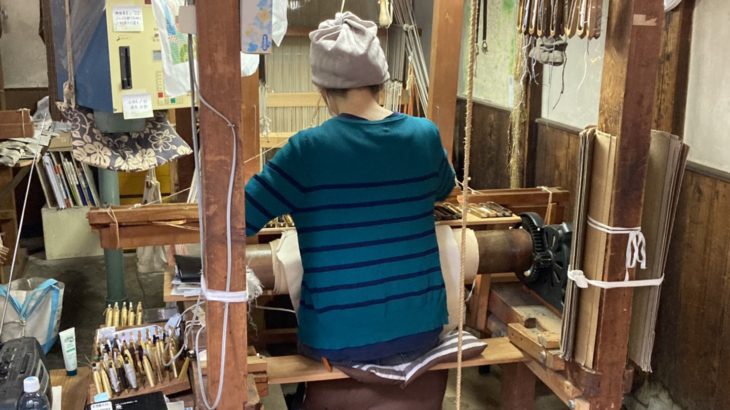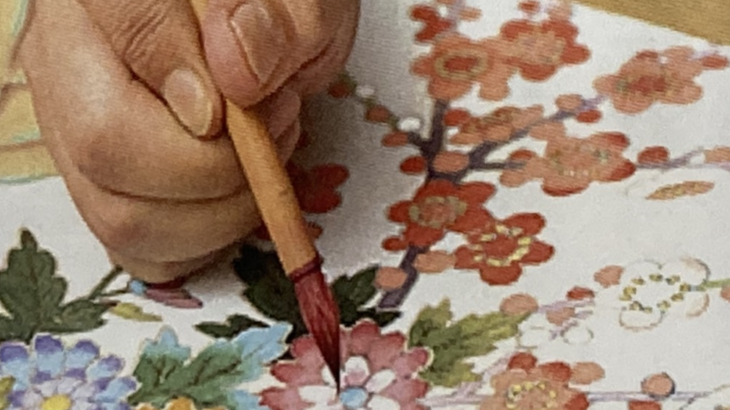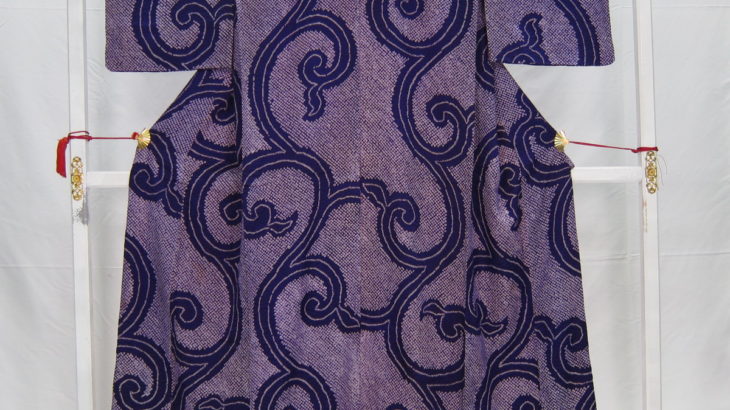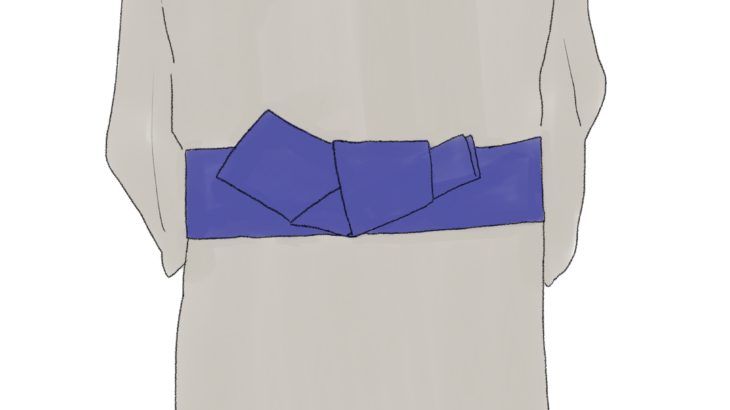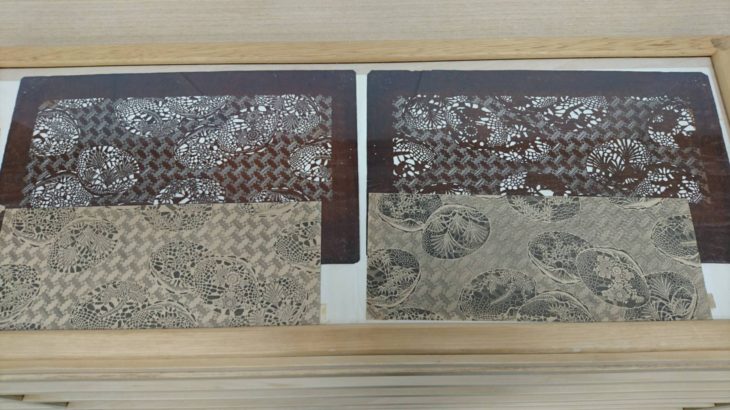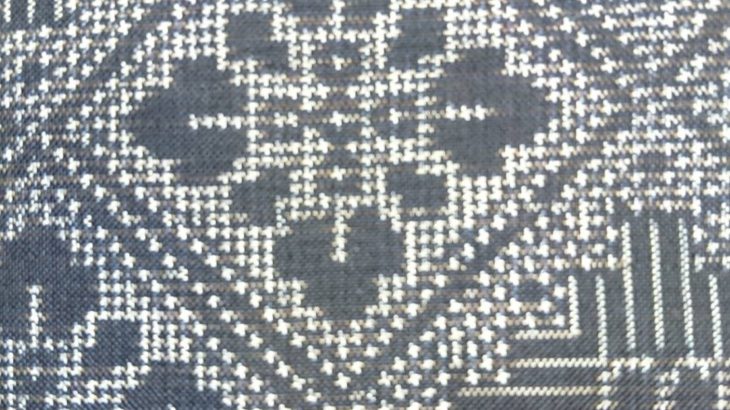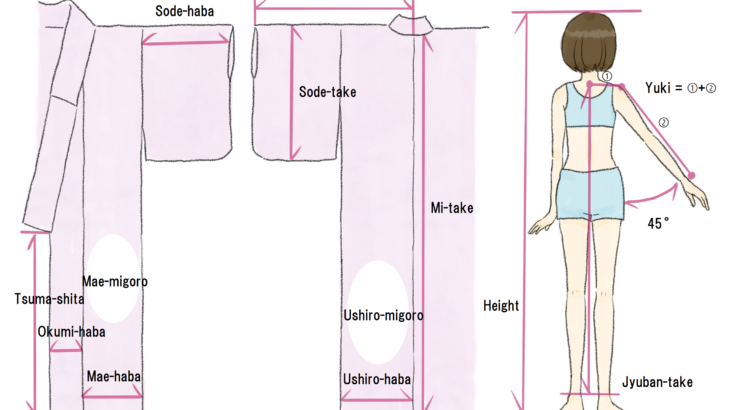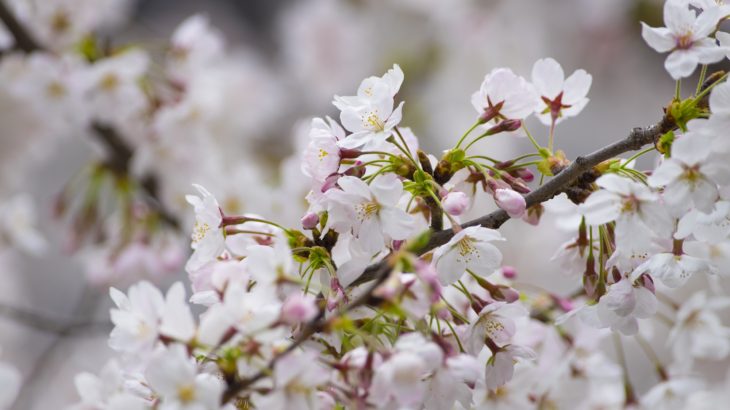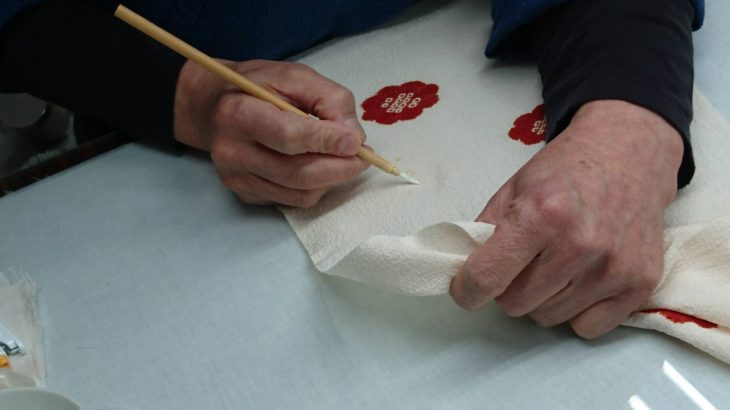Hello, this is Shinji from Warashibe-choja.jp. The other day, I went to Nishijin in Kyoto. The aging of craftsmen is advancing, and the number of craftsmen closing their workshops is increasing. I had a meeting with the intention of thinking about something new. Even after I was 70 years old, I was able to talk about a very interesting story with a positive craftsman, so I will summarize it in an article at a later date. This time, I would like to briefly explain about Nishijin-ori. History of Nishijin-ori During the Muromachi period, the Onin War (1467-1477), which was a battle that divided Japan into two, ended, and the textile craftsmen who had been scattered around the country returned to Kyoto. Weaving will be resumed around the place where the position of the Western Army led by Yamana Sozen was placed during the war. It is said that it was around this time that the northwestern part of Kyoto, which had prospered as a textile town before the war, came to be called “Nishijin”. In 2022, it will be called Nishijin and it will be the 555th anniversary. It is said that the court has been making textiles in this […]
Hello, this is Shinji from Warashibe-choja.jp. This time, I would like to talk about the world of Kaga Yuzen in Ishikawa Prefecture. It will be the story of Kaga, which is famous for Keiji Maeda, so if you are interested, please read it to the end. The beginning of Yuzen-zome (=Yuzen dyeing) The name [Yuzen-zome] comes from Miyazaki Yuzensai, a Japanese fan painter who was active in Kyoto. Yuzensai is known to have lived in front of Chion-in in Kyoto and spent his later years in Kanazawa, dying in 1736 at the age of 83, but his birth is unknown. It is said that there is no doubt that Kaga Yuzen was established by Yuzensai, who was a popular Japanese fan painter at the time, who worked on the coloring of costumes. Features of Kaga Yuzen Miyazaki Yuzensai laid the foundations for both Kyo Yuzen and Kaga Yuzen, but each characteristic was born with the times. Kaga Yuzen is a painting-like pattern centered on a calm and realistic flower pattern, while Kyo Yuzen is characterized by a flowing collective arrangement pattern. It is believed that this is due to the support of the samurai culture of Kaga and the public […]
Hello, this is Shinji from Warashibe-choja.jp. This time, I would like to talk about reused kimono for beginners in kimono. On some sites, kimonos from 1945 to 1955 are called antique kimonos, and kimonos on the market after 1955 are classified as recycled kimonos. Around this time, it was customary in Japan to have a kimono as a wedding tool. Kimonos made around that time are now on the market as reused kimonos. About reused kimono In recent years, the number of reused kimono shops has increased in Japan as well. However, kimonos from the Edo period to the early Showa period were generally reused kimonos, and it seems that they rarely tailored kimonos. Since 1955, when Western clothing came in from overseas, the number of used clothing stores for such kimonos has decreased, and now it is changing to the form handled by antique dealers.Compared to modern people, old Japanese people are shorter in height and hand length, so small kimonos stand out. It is possible to change the dimensions by changing the tailoring, which is an advantage of kimono, but many kimonos of this era have a short width and cannot be long enough. Antique kimono and recycled […]
Hello, this is Shinji from “Warashibe-choja.jp”. Today, I would like to talk about how to tie an obi for men’s kimono, which is often asked by acquaintances. Many people say, “I can wear a kimono somehow, but I can’t tie an obi.” I would like to introduce using illustrations. In addition, we will be uploading videos in the future, so please refer to that as well. For those who can’t remember it no matter how many times they try, we will also introduce a special obi. What you need to wear a men’s kimono 1, Tabi (= socks for kimono) First of all, let’s wear Tabi. If you wear it after wearing a kimono, it may cause you to worn out of shape for kimono, so please be careful. 2, Hada-gi (= underwear) As with women, men will be dressed in the order of Hada-gi → Naga-jyuban → Kimono. The lower half of the body can be handled with Steteco. 3, Naga-jyuban Put your arm through the sleeve of Naga-jyuban and pull both Eri-saki in front of you to align the center of your back. Pull the right Eri-saki slightly upward to the left side to fit it to your skin. […]
Hello, this is Shinji from “Warashibe-choja.jp”. This time, I would like to talk about Edo-Komon. Edo-komon is one of the most convenient items in kimono. From casual wear to formal wear, it is a kimono that is often used by coordinating the obi. It is difficult to explain how to match the obi in sentences, so I will explain it later. History of Edo-komon When you hear the history of Edo-komon, you might think “Isn’t it the Edo period?”, But its roots are said to be the Muromachi period. At that time, it was used for armor, Kamon (= family crest), etc., but it is said that it became dyed for clothes such as everyday clothes in the latter half of the Muromachi period. It was not until the Edo period that it was technologically developed and popularized.In the early Edo period, it spread by dyeing it in a samurai dress, and in the middle of the Edo period, it became loved by the general public beyond its status and continues to the present day. It has been handed down to the present day with the sense and technique refined by a long tradition. Production of Edo-komon 1, Creation of Kata-gami […]
Hello, this is Shinji from “Warashibe-choja.jp”. This time, I will talk about Oshima Tsumugi, which is very popular among kimonos. The kimono I made for the first time as a clerk at a kimono shop is also Oshima Tsumugi. Oshima Tsumugi is light, durable, and easy to wear, making it a very popular kimono. Oshima Tsumugi production area Oshima Tsumugi is produced in Kagoshima prefecture. The large Oshima Tsumugi Cooperatives are located in Amami City, Kagoshima City, and Miyakonojo City on Amami Oshima, and each of the items recognized by the cooperative is Chikyu-jirusi (= Earth Mark) (Honba-amami-oshima-tsumugi-cooperatives). ), Hata-jirusi (= flag mark) (Honba-oshima-tsumugi-orimono-cooperatives), Tsuru-jirusi (= crane mark) (Miyakonojyo-kinu-orimono-jigyo-cooperatives) stamps are attached. In addition, there are also certificate stamps of cooperatives that disappeared in 2003, such as the Kasari-cho Oshima Tsumugi Cooperative of Taka-kura-jirusi (= Stilt warehouse mark). History of Oshima Tsumugi It is said that 734 years in Kenmotsu-cho (= offering book) of Todaiji Temple in Nara is the oldest recorded history of Oshima Tsumugi.In 1980, it was registered as a national traditional craft. A pattern is made by Kasuri of yarn-dyed Tate-ito (= warp) and Yoko-ito (= weft), and it becomes Tsumugi. Its fineness, along with French Gobelin […]
Hello, this is Shinji from “Warashibe-choja.jp”. This time, I would like to talk about your size kimono.When measuring the dimensions of kimono, people with a long kimono industry use “Kujira-Jaku”. In recent years, it is often expressed in centimeters in online shopping. I want to make this site to convey Japanese culture overseas, so this time I will tell you in centimeters. I also managed a major recycling kimono company, so I would like to introduce how to wear kimonos that do not fit in size in the future. What is Kujira-Jaku? There are various theories, but in Japan it is said that the ruler used for Japanese dressmaking is derived from the ruler made of baleen (= whale). One shaku of Kujira-Jaku is equivalent to 1 Shaku 2 Sun 5 Bu of Kane-Jaku, which is generally called, and is 37.88 cm. It was banned after 1959, but was re-approved in 1977. Traditional kimono shops often use the whale scale that has been used since the Edo period. ( Please note that Kane-Jaku may be used in the Tohoku region. ) How to know your dimensions Where do you measure your body shape to make a kimono? I think many […]
Hello, this is Shinji from “Warashibe-choja.jp”. Recently, I’ve heard that some people are called Kimono Police and complain about other people’s kimonos.There is the word Kata-Yaburi ( = Unconventional in a good way ) in Japanese. In a good way, I personally don’t like to complain to those who break traditions and expand the kimono culture as a new fashion. I would like to know the basics and encourage you to take on challenges. However, there are also people who do not know the basics and break the shape and arrange it as they like because it is interesting. In Japanese, there is the word Kata-Nashi ( = Ruined ). If you enjoy it after knowing the important basics, you will be able to enjoy Kata-Yaburi fashion instead of Kata-Nashi. Today I would like you to briefly learn the basics of kimono types and seasons. Awase ( = lined kimono ) When tailoring a kimono piece, a kimono with a lining called Hakkake or Dou-Ura. It is mainly used for kimono in the cold season. Hitoe ( = unlined kimono ) When tailoring a kimono cloth, it is not lined (sometimes a cloth called Ishikiate is attached to avoid dirt […]
Hello, this is Shinji from “Warashibe-choja.jp”. Can you take care of Kimono overseas the other day? I went to consult with a craftsman. This time I would like to summarize the stories I heard at that time. 1, What is stain removal? *Stain in the text = dirt.“Stain removal” mainly removes stains on fibers. Here, we are talking about physical means rather than scientifically treating with chemicals.The stains are roughly divided into “oil-based”, “water-based”, and “mixed both”. Simply put, “oil-based stains are benzine,” “water-based stains are water,” and “mixed stains are benzine and water.” First of all, it is important to determine what the components of the stain are and to correctly judge what can be removed.・ Foundation and other oil stains can be removed with benzine.・ You can use water to remove the water type and sweat that flew when you wash your hands.・ Foods are often mixed with oil and water, so first remove the oil with benzine and then wash it off with water.It’s easy to express in sentences, but it can be difficult and irreversible. In order to prevent that, I will introduce a little detail this time. The principle of removing stains is classified into […]
Hello, this is Shinji from “Warashibe-choja.jp”. As I wrote the article, some unknown names came up, so this time I summarized the names of kimonos. Based on that, I expressed “how to fold a kimono” in a diagram in the article I wrote earlier, but this time I made a video so I will introduce it together. I would be grateful if you could remember it together with the kimono location name. Kimono location name front Eri : An elongated part that surrounds the neck and intersects at the chest. When distinguishing from Kake-Eri, it is sometimes called Ji-Eri. Kake-Eri : Also called Tomo-Eri, it is a collar attached on top of Ji-Eri to prevent the collar from getting dirty. Sode-Tsuke : The part where the sleeves and body connect. Kata-Mitake : The length from Katayama to the hem of the sleeves. Sode-Haba : Sleeve width. The length from the part that connects to the body of the sleeve to the tip of the sleeve called the cuffs. Sode-Take : Sleeve length. The length from the top of the sleeve (Sode-Yama) to the bottom of the sleeve. Eri-Saki : The tip of the kimono collar. Tsuma-Saki : The part between […]
